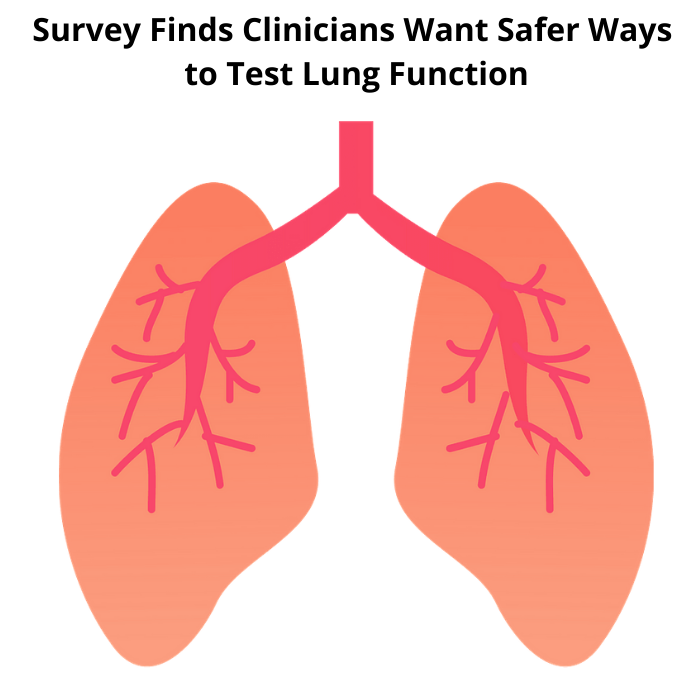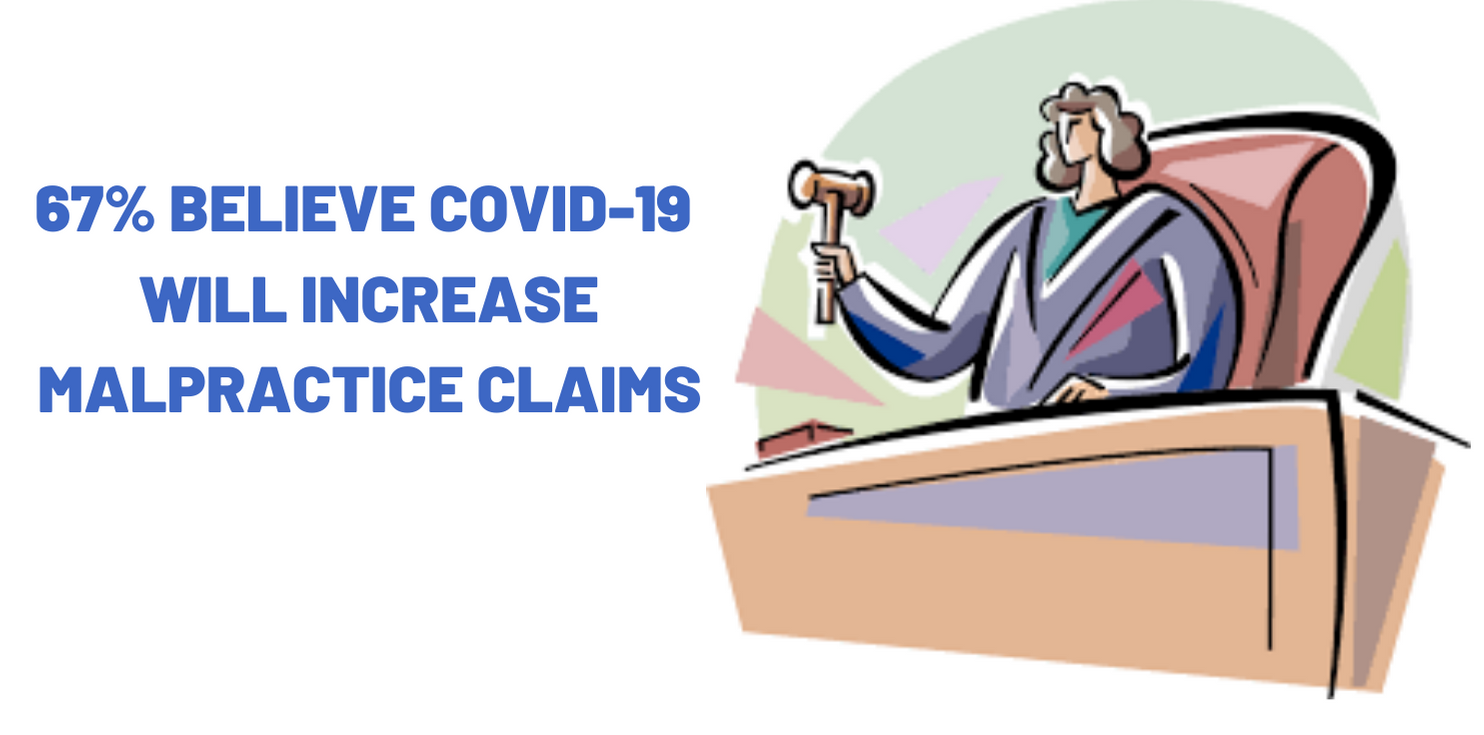Need for Safer Lung Function Testing
New survey finds that fears of COVID-19 are the overwhelming reason for not conducting lung function tests during the pandemic.
Respondents to the survey (50%) would like a safer way to test lung function is needed, such as a non-aerosol procedure (28%) and software that would provide an analysis of lung function (20%).
New Technological Solutions
Both the spirometer and plethysmography are technologies that were developed in the 19th century. We searched the internet to identify new technological solutions to determine lung function testing.
Please click on the video below from 4DMedical about their XV Technology and how it delivers regional, functional lung imaging using existing hospital hardware.
After you’ve watched the video, please tell us what you think and if you know of new technological solutions for testing lung function.


